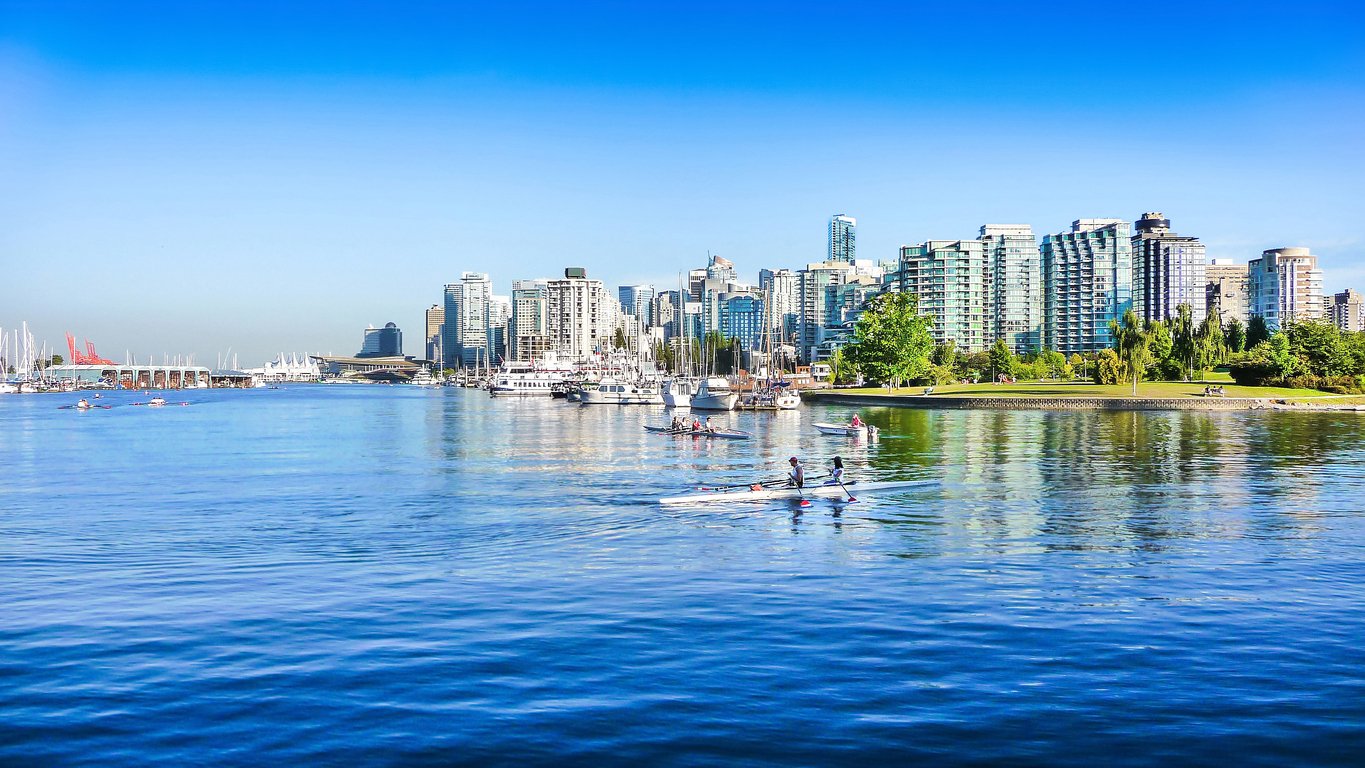Apart from Express Entry, the federal government also invites foreign workers through other pilot programs. For instance, the Atlantic Immigration Pilot Program, Northern Immigration and Agri-Food Immigration Programs.
In the 1990s, the Provincial Nominee Program was introduced and has grown to become the second-most preferred immigration pathway after the federal Express Entry. PNPs allow skilled foreign workers to get permanent residence in Canada. While the total number of admissions in 1996 were 233, the country records more than 60,000 invitations.
Each province manages a unique PNP program that nominates eligible immigrants. The flexibility of each program allows each province, especially those that struggle to attract immigrants, to tailor the immigration policies to suit their individual job market needs and economic development concerns.
Nonetheless, PNPs are not entirely autonomous and will contain a program that is linked to the federal Express Entry class. Eligible candidates who get provincial nominations get an additional 600 CRS points that boost their rating. Consequently, they get an Invitation to Apply (ITA) for permanent residence in the country.

In the past few months, several provinces in the country have been actively managing their PNPs. For example, Alberta, British Columbia, Ontario, Manitoba, and Prince Edward Island have offered over 2,500 ITAs to foreign workers with varied skills and experience to submit applications for permanent residence. Additionally, the federal government has held two Express Entry draws earlier this week.
Despite the coronavirus pandemic derailing immigration activities in Canada this year, the country’s goal is to invite more than 200,000 economic immigrants through more than 100 economic immigration pathways. Of these, 90,000 immigrants are expected to earn permanent residency through three Express Entry programs. PNPs will account for 65,000 ITAs.






